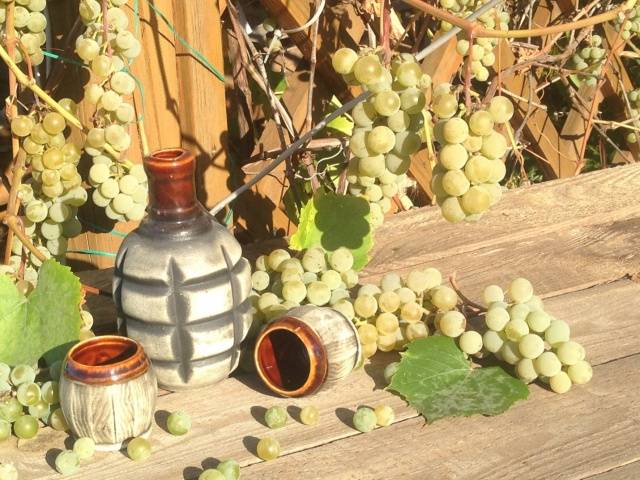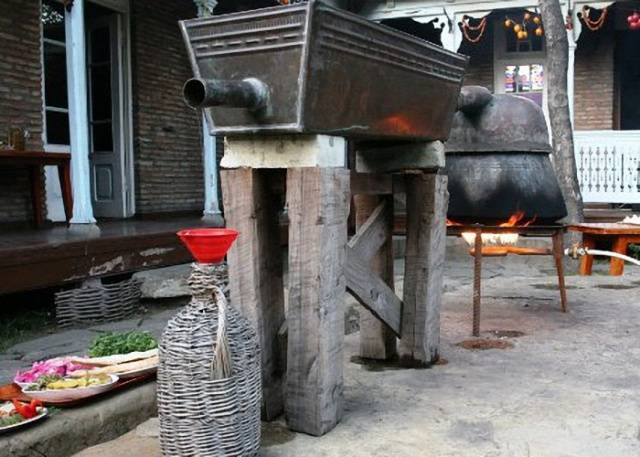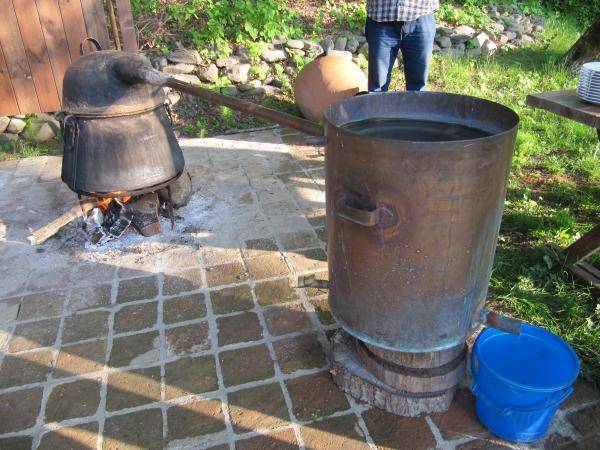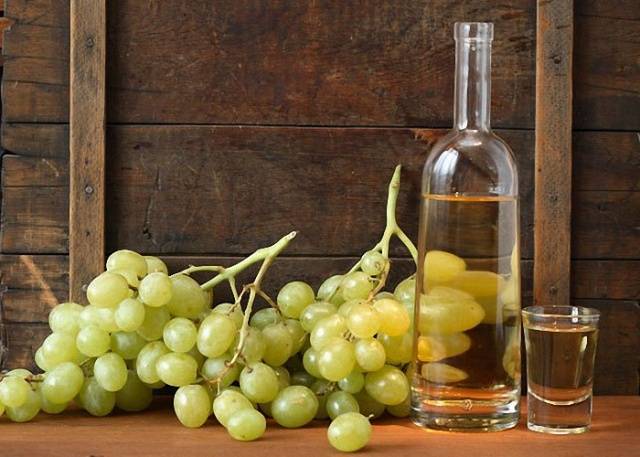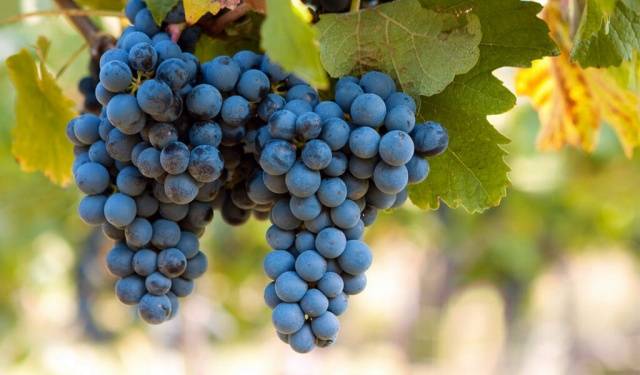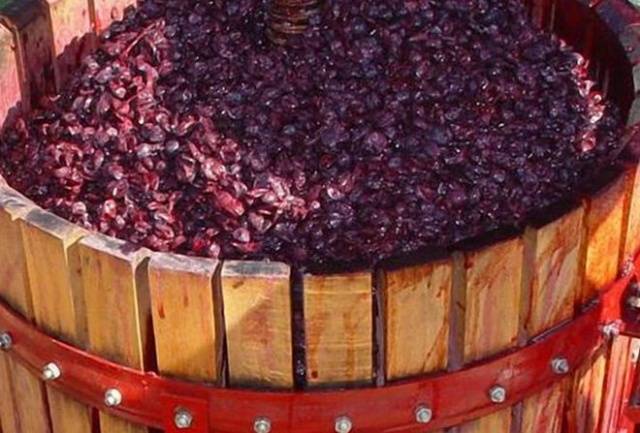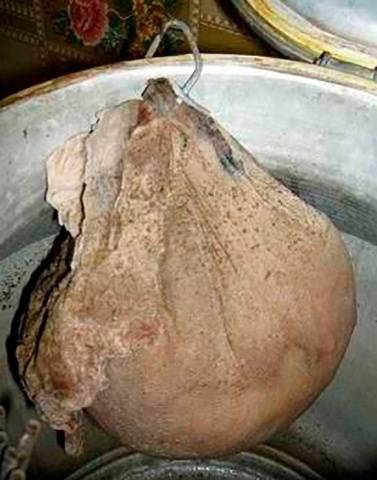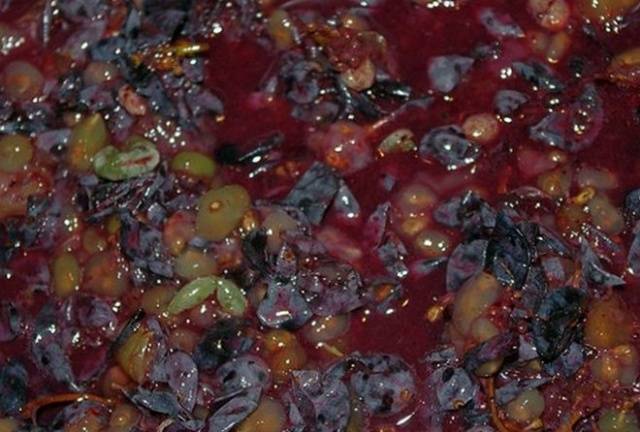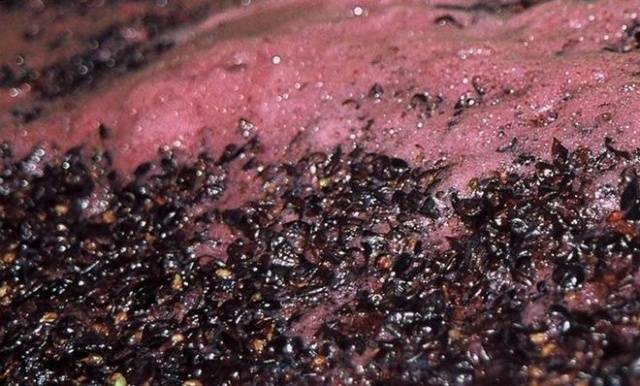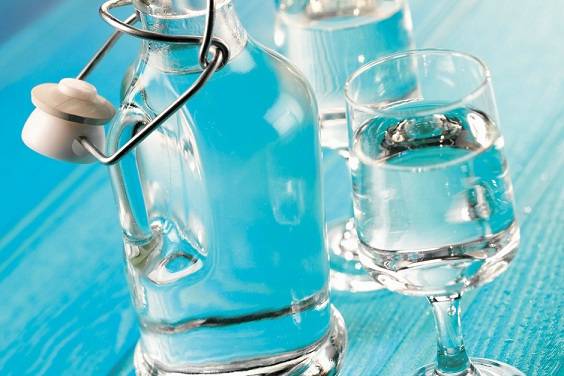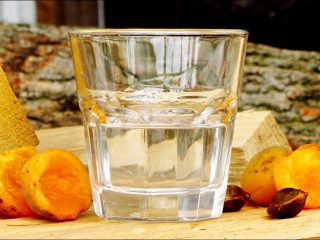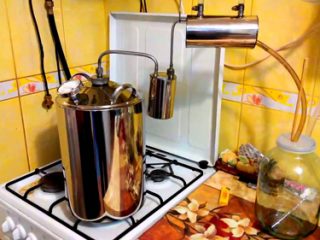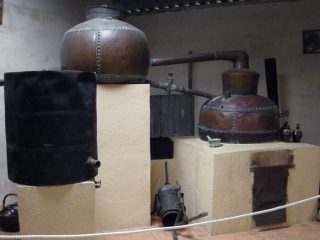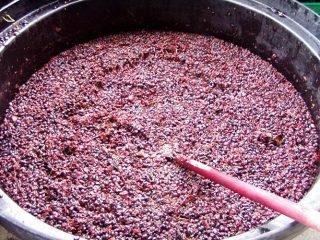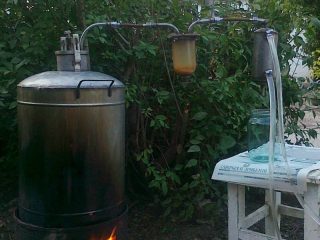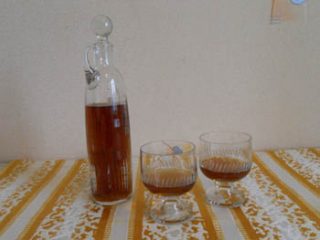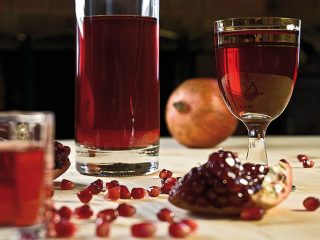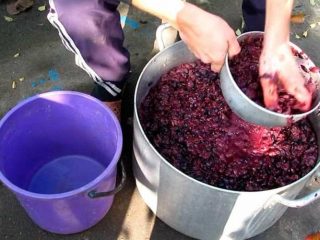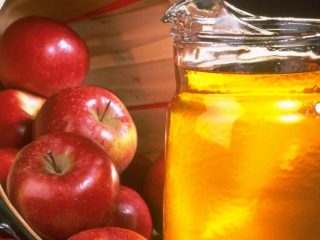Content
Probably everyone who has visited Transcaucasia at least once has heard about chacha - a strong alcoholic drink that local residents reverence as a drink of longevity and drink as an aperitif before meals in small quantities. Traditional chacha It has a high strength from 50 to 70 degrees, but it is drunk quite easily and, as a rule, there are no consequences in the form of a headache. There are several analogues of this drink in the world: the Italians have grappa, and the Slavic peoples have rakia.
But for some reason, it is around chacha that disputes do not subside about what it should be prepared from: from the grapes and wine themselves, or from grape marcremaining after making wine. The thing is that both methods are widespread cooking chacha and, of course, in Transcaucasia itself, where grapes grow in abundance, perhaps the traditional method of preparing chacha from the grapes itself remains traditional. But, for example, in Russia, where grapes are a more valuable raw material, especially in areas north of the Krasnodar Territory, grapes are usually used to make wine, and chacha is made from grape marc.
The article will discuss both methods of producing chacha at home. Moreover, experts believe that in terms of the final product they are not very different from each other.
Chacha from grapes
The simplest recipe for making chacha is to use ready-made wine and distill it in a moonshine still. To do this, it is better to take very young homemade wine, not specially treated. Store-bought wines are not the best choice in this situation, as they contain harmful impurities, such as sodium sulfate, used as a preservative, which impart an unpleasant odor to the finished product.
Distillation technology
The distillation technology itself is not very complicated. First, remove the prepared wine from sediment, if any, and pour it into a still for distillation. The first distillation is carried out without separation into fractions.
But stop sampling when the strength of the stream at the outlet begins to drop below 30-25 degrees. By adding water, bring the strength of the resulting drink to 20 degrees. Then, to preserve the aroma, do not use any additional purification methods, but simply distill the distillate a second time.
Re-distillation is one of the most effective ways to purify moonshine. After all, it makes it possible to remove most of the harmful water-soluble fractions. It is for these purposes that moonshine is diluted with water before the second distillation.
In addition, repeated distillation makes it possible to get rid of harmful substances whose boiling point is lower than ethyl alcohol - they are called “heads”. As well as those substances with a higher boiling point - they are called “tails”.
First, it is necessary to cut off the “heads”, which contain the most harmful impurities for human health. As a rule, they make up about 13-15% of the amount of absolute alcohol obtained after the first distillation. For example, from 3 liters of distillate with a strength of 43% they will be approximately 0.19 liters.
Then collect the main fraction in a separate container until the strength of the stream at the outlet drops to 40 degrees. It is better to collect the remaining “tails” separately, since they can still be used for a new distillation, but they contain substances that give you a headache in the morning.
It is better to let the resulting chacha stand for a few more days before use. If you are interested in the yield of the finished product, then from 1 liter of wine with a strength of 14%, you can get about 200 - 220 ml of grape chacha at home.
The process of preparing wine from grapes for chacha
If you have a sufficient amount of grapes, then the best option would be to make your own wine from them, which you can then use to make chacha.
According to the recipe, prepare 25 kg of grapes, 50 liters of water and 10 kg of sugar. The last ingredient is optional. But when you choose whether to add sugar or not, consider the following calculations:
- Even when using sweet grapes with a sugar content of about 20%, 25 kg of grapes yield approximately 5-6 liters of homemade chacha.
- If you add the amount of sugar specified in the recipe, the output is about 16 liters of chacha.
The grape variety can be any, but the most accessible and suitable is Isabella, whose inimitable aroma cannot be confused with any other grape.
But there is no need to add yeast. Real Caucasian chacha is distinguished precisely by the fact that in its production only wild yeast is used, which lives in abundance on the berries themselves, unless they are washed.
So, mash all the unwashed grapes with your hands. You can use a wooden masher, but be careful because if the seeds are damaged, the drink may become bitter. Do not remove the scallops and twigs, as they contain the secret of the amazing aroma and unique taste of chacha. Then place the crushed grapes in a fermentation container, add water and sugar, stir. There must be about 15% empty space left in the container for the release of foam and gases during fermentation.
Place the container in a warm place with a temperature of +22°+28°C. A cap will appear on the surface of the mash from the first day from pulp, which must be mixed with the rest of the liquid almost every day. This must be done to avoid souring and mold. A water seal is placed on the container or a glove is put on. Fermentation with wild yeast lasts quite a long time - 40-60 days, sometimes up to 90. The signal for the end of the fermentation process is a fallen glove or the cessation of gurgling in the water seal.
The finished mash must be drained from the sediment and additionally strained through several layers of gauze.But all the pulp left in gauze can give chacha its extraordinary properties. To use these properties of pulp there is one small trick.
Pour the strained mash into the moonshine cube, and hang the remaining pulp directly in gauze on top of the cube, so that all aromatic substances can get directly into the distillate during evaporation and distillation.
Subsequently, the distillation technology is no different from that described above. Using this recipe, you can end up with real Caucasian aromatic and healing chacha.
Chacha from grape pomace
For residents of central Russia, and even more so the northern regions, preparing chacha from grapes or even wine will be an unaffordable luxury. Even if you have your own grapes growing on your property or have the opportunity to purchase a large quantity of Isabella in the fall, it is wiser to use it to make homemade wine. But the waste from wine production, that is, the same marc, is quite suitable for producing aromatic homemade chacha.
So, according to the recipe you will need:
- 10 liters of grape pomace from white grapes and 20 liters of grape pomace if you are using black varieties;
- 5 kg sugar;
- 30 liters of water.
If you want to get the taste of a real Caucasian drink, it is not recommended to use additional yeast. But if it is more important for you to get chacha as quickly as possible, then you can add 10 grams of dry yeast to the recipe ingredients.
So, put the grape marc into a fermentation container, add water and sugar there and mix everything thoroughly.
The container, as in the case of grapes, is placed in a warm place and after 18 hours, install a water seal or put a glove on top. When adding wine yeast, the fermentation process will end quite quickly - after 8-10 days the mash will be ready for distillation. Just remember to remove the lid every day during the fermentation process and mix the pulp with the rest of the liquid, otherwise mold may well appear.
The finished mash must be drained from the residue and strained before pouring into the moonshine cube. In the future, proceed exactly according to the distillation technology described above. Before use, the finished chacha is usually allowed to brew for about a month.
There is another popular way improve the taste of chacha. It is left in open bottles for 4-5 days. During this time, its strength drops by several degrees, but the smell of alcohol disappears and the taste of chacha becomes softer.
The article revealed almost all the secrets and features of making real Caucasian chacha. Therefore, even a beginner in moonshine will not have a hard time understanding all the nuances of this fascinating process and making a unique drink for themselves and their friends.
